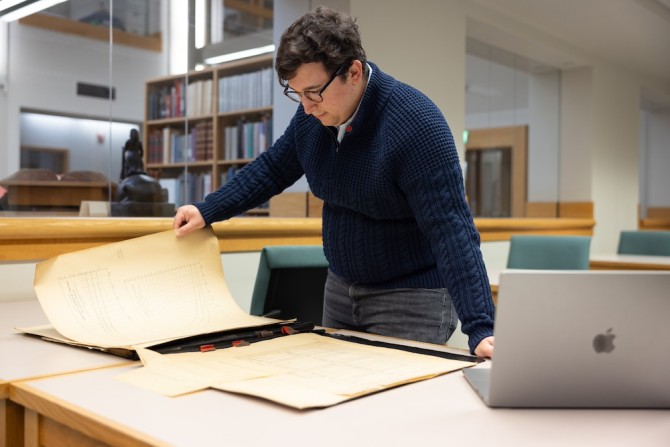News directly from Cornell's colleges and centers
How did our housing get so expensive? Klarman Fellow dives into the history
By Kate Blackwood
Renting an apartment in a major city can be more competitive sport than home tour. Historian Jacob Anbinder has been through the process himself, first in New York City right out of college and later in the Boston area during graduate school.
“You show up every day to look at three or four apartments and you’re there with 20 other people and everyone is holding their application packets with all your bank statements, and in many cases all your parents’ bank statements, too, because you need guarantors,” said Anbinder, a Klarman Postdoctoral Fellow in history in the College of Arts and Sciences. “These are the people you’re competing against and if you don’t apply right there, you’re not going to get the place. It’s crazy, the amount of money you have to put down just to rent an apartment.”
The experience inspired Anbinder, a historian with an interest in cities and strong ties to public policy, to investigate why supposedly liberal, progressive cities – such as New York, Boston and San Francisco – have become so expensive in recent decades that they are unaffordable for many Americans. In addition to economic reasons for the current housing crisis, Anbinder is finding political ones, as well, that he traces to the ideological evolution of the Democratic Party during the 20th century.
Aided by Cornell’s extensive urban planning archives, Anbinder is using his Klarman Postdoctoral Fellowship to write a book exploring the intertwined stories of political liberalism and the housing shortage, which expands on his doctoral work at Harvard University.
Read the full story on the College of Arts and Sciences website.
Media Contact
Get Cornell news delivered right to your inbox.
Subscribe

